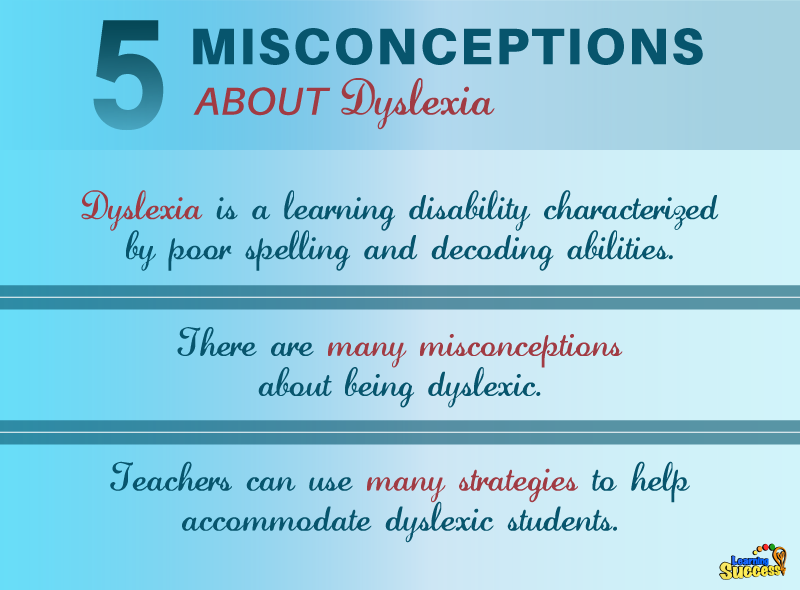
Dyslexia is a learning disability that is neurological in origin, characterized by poor spelling and decoding abilities. It's a common one that greatly affects schooling, and as such, there are a number of misconceptions that come from it. Five of these misconceptions are that dyslexic children are: lazy, stupid, "just reading stuff backwards," and that dyslexia is specific to boys or is fixable. In reality, all of these things are simply wrong. This video is an instructional lecture to help teachers better understand and accommodate students’ dyslexia.
Because dyslexia is represented in a number of different ways, it's important to be educated on how to better teach students with it. Teachers should learn strategies such as breaking down instructions into smaller activities, giving students extra time for exams, using diagrams or pictures in lectures, and being sensitive about their emotional and behavioral needs.
There are easy ways to drastically improve your reading ability by identifying just one "micro-skill.”
Use our simple online analysis tool to help you find what areas need strengthened.
Key Takeaways:
Do You Need help with a Learning Difficulty?
Our simple online analysis will help you get to the core of the problem and find the right solution for you.
Understanding how to help someone with a learning difficulty starts with understanding which micro-skills are affected. When you learn which of the micro-skills is the problem, you will then be on your way to solving it.
You'll also learn how to:
- Build confidence
- Enhance Learning ability
- Eliminate avoidance
- Build grit
You can get this analysis for free by filling out this simple form. This will help you get to the bottom of a learning difficulty and provide you with a solution. If you are ready to put this problem behind you click the button below and fill out the form.










